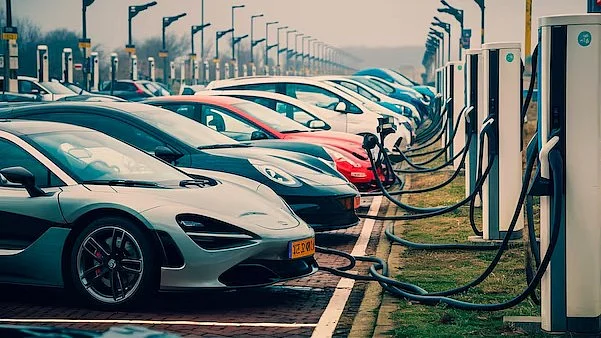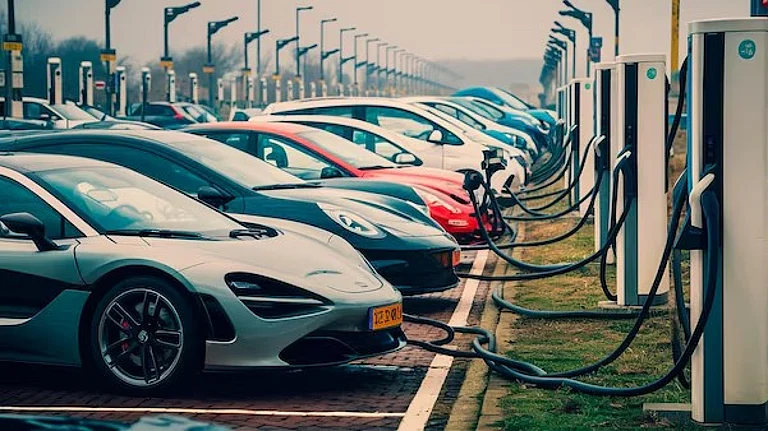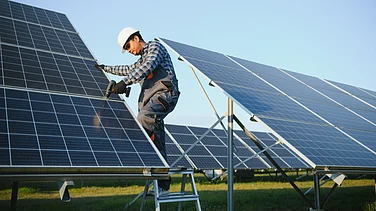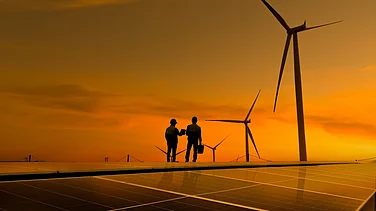The transition to electric vehicles (EVs) in India comes with two pronged outcome, it poses a threat to manufacturers dependent on internal combustion engine (ICE) components, while also presenting significant growth opportunities, according to a recent report by Ambit Capital, reported ANI.
"While EV disruption poses existential risk for the suppliers of ICE-dependent components, it opens up several opportunities for the component suppliers to provide a) EV components like li-ion batteries, traction motors, controllers, BMS etc.," stated the report.
Commerce and Industry Minister Piyush Goyal has repeatedly emphasised the need to accelerate adoption of EVs by switching to domestic manufacturing of EV components.
While addressing the Bharat Mobility Global Expo 2025 Components Show on January 17, as cited by ET, the minister encouraged the companies to focus on machine building.
He said, "Why should they be dependent on foreign countries, particularly some countries who are non-market economies or non-transparent economic practices? Why should we be dependent on them for the equipment for the machinery that our industry needs?" The minister termed as "unmatched" the competitiveness, affordability and high-quality precision engineering of Indian component manufacturers.
Goyal urged the domestic industry to consider collaborations with Switzerland, citing the country's expertise in building machines. "Many of them are wanting to invest in India because they have a $100 billion investment commitment as foreign direct investment," he added.
Tech Innovation and Demand Growth
According to the Ambit Capital report, the current transition presents the component makers with an opportunity to diversify into EV-specific parts such as lithium-ion, traction motors, controllers and battery management systems (BMS).
EVs also enable adoption of advanced technologies like regenerative braking, advanced driver-assistance systems (ADAS) and smart cockpits, boosting suppliers’ value.
EVs architecture could increase demand for components such as wiring harnesses, electronic control units (ECUs) and differential assemblies raising content per vehicle compared to traditional ICE vehicles.
Challenges for EV Transition
Despite the growth opportunities, the EV transition also presents risks which including reliance on engine and transmission components, export exposure to the US and EU and rising competition from China.





























